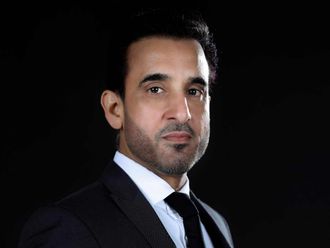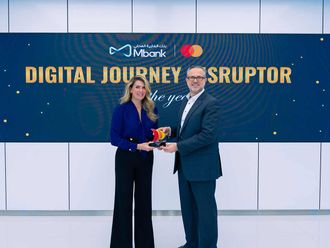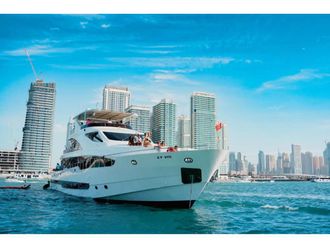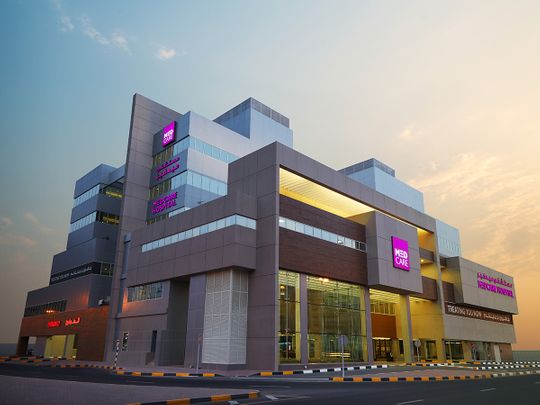
Highlights
The hospital provides world-class care in a vast range of orthopaedic and spine conditions, led by medical practitioners certified from international medical boards
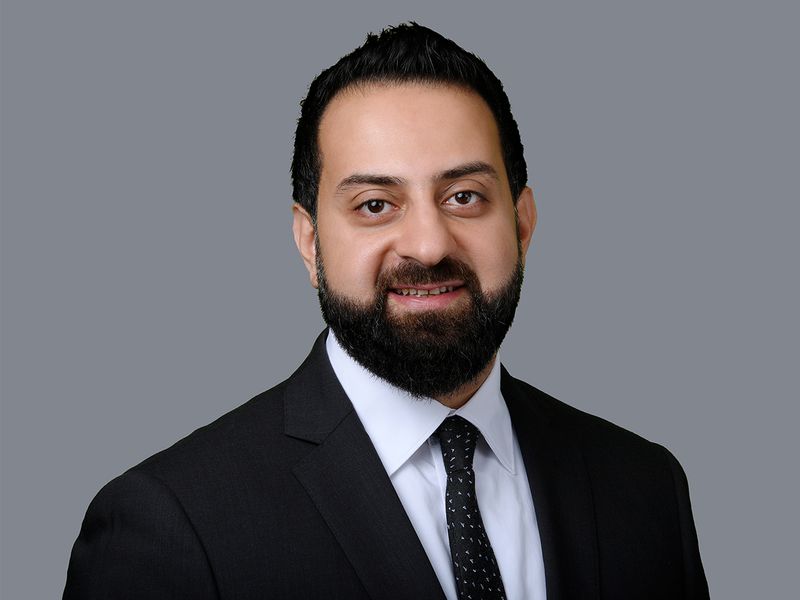
Dr Thaer Darwish, Consultant Neurosurgery, Centre of Excellence – Spine Surgery, Medcare Orthopaedics & Spine Hospital
What are most common spinal conditions in people in the UAE?
Neck pain and back pain resulting from cervical and lumbar disc disease are the most common spinal conditions in the UAE.
Each case of chronic low back pain is unique to that patient, but are there any common triggers/patterns that you tend to see across non-athletic patients presenting to you?
Non-athletic patients who tend to sit and/or stand for a long time usually have more recurrent back pain as these patients have weak paraspinal muscle and suffer more injuries to the lumbar spine, which may affect their normal daily activities.
To what extent do you believe psychological triggers like anxiety can influence a patient’s symptoms of back pain?
Psychological triggers such as anxiety cause tension and spasm in all the body muscles including the back muscles. This leads to increasing symptoms of back pain, which could become in some cases chronic back pain that requires treatment not only to the back pain, but also the main underlying cause — the psychological factor. And that is why when organic causes are not found, the patient is prescribed antidepressants and other anti-psychological medications.
It’s estimated that 1 in 10 people worldwide has suffered from chronic lower back pain at some point in their lives. To these people for whom previous medical approaches (physiotherapy, chiropractic and surgery) have failed, what advice would you offer? Is there still hope that they can someday become pain-free again?
If the patient has back pain, which is resistant to all kinds of treatment including the last surgical intervention, I would recommend making fresh investigations to see if there is any residual physical/organic cause. This can be corrected easily and the patient can go back to their normal life.
If there is no clear organic/physical cause for their pain and all treatment options have been tried, there are new techniques of spinal cord stimulation and implantation of a small spinal cord pain management pump that will keep the patient pain-free and can have a better quality of life again.
Is osteoporosis an age-related condition?
The number of osteoporotic fractures increase with age. Wrist fractures typically occur first, when individuals are aged about 50-59 years. Vertebral fractures can happen more often in the seventh decade of life.
It is increasingly being recognised that multiple mechanisms interact in the development of the osteoporotic state. Understanding the pathogenesis of osteoporosis starts with knowing how bone formation and remodeling occur. For simplification, it is either reduced formation or increased remodeling and destruction of the bone. It can affect children, adult and elderly, but it is it is usually more prevalent in the elderly population.
The most common causes of osteoporosis.are estrogen hormone deficiency, aging, calcium deficiency, vitamin D deficiency, etc. Women are at a significantly higher risk for osteoporosis.
How many people does osteoporosis affect and what age groups?
The National Osteoporosis Foundation (NOF), in the US announced in 2018 that about 10.2 million adults have osteoporosis, with an additional 43.4 million having low bone mass. In the UAE we have around 70 per cent of the population with low vitamin D, which puts them at risk of osteoporosis at the age of 50 and higher.
Osteoporosis can affect any age if it is caused by underlying disease but if the person is healthy healthy, they would be at higher risk at the age of 65 and above.
I would recommend to do regular vitamin D level tests and for every patient older than 55 in the UAE to go for a bone density scan.
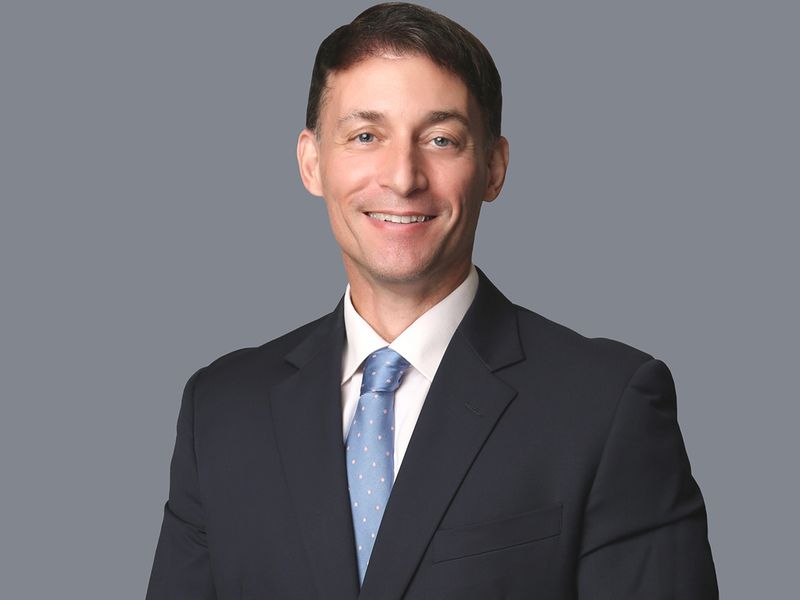
Dr Jose Manuel Rojo Manaute, Consultant Orthopaedic Surgery, Medcare Orthopaedics & Spine Hospital
What are some common injuries that you have seen involving the hand?
Some of the most common injuries that I treat in my office are sprains and overloaded muscles and tendons in young athletic population, compression neuropathies in the older population, such as the carpal tunnel syndrome and fractures in all ages.
What symptoms should patients look for?
The main symptoms in most injuries is pain (e.g. in fractures, sprains, and tendinitis), although sometimes the first symptom is numbness such as in the carpal tunnel syndrome or weakness in overloaded muscles or compression neuropathies.
How are hand injuries typically treated?
There is a whole range of possible treatments depending on the on the condition and its severity. Most of the times, when caught on time, the problem may require easier solutions. For example, a fractured bone that comes in right after the initial trauma may be fixed with a closed manipulation in the clinic, which is a relatively simple procedure, but the same fracture coming in with a two-week delay may require surgical treatment because the bones are starting to heal in the wrong position and the doctor can no longer manipulate them into a better position with his/her bare hands. So the delay time is a key element for making decisions.
Some other times, the patient just needs a period of stretching exercises and specific weight training. However, there are unfortunately severe cases that may require surgical treatment. Nowadays, surgical treatments also have a very wide span of types, ranging from ultra-minimally invasive procedures done through 1 mm incisions with the latest technologies to classic open procedures, which require longer rehabilitation periods.
What advice do you have for patients to avoid hand injuries?
In young athletic patients, proper understanding of how to plan a training session is essential. The division of a session into at least two sections (warm up and main training objective) is of paramount importance for avoiding injuries.
For the more advanced athletes, proper planning of the year into “macrocycles, mesocycles and microcyles” (each of them consisting in different combinations of types of exercises) will also improve their results while reducing the risk for suffering injuries.
In the elderly, prevention of injuries include having proper bone density, keeping up with a regular and moderate dose of exercises, maintaining a balanced nutrition and taking supplements when needed.
Can you give a brief introduction to osteoporosis? Who is most at risk?
Osteoporosis is a disease that weakens the bones to the point where they break easily. It is most often seen at the hip, spine, and wrist. It is a disease that happens gradually, for many years. Around age 30, bone mass stops increasing. As people enter their 40s and 50s, more bone may be broken down than is replaced. Although osteoporosis can strike at any age, it is most common among older people, especially older women. White and Asian women are most likely to have osteoporosis. Other patients at risk include those who have a family history of broken bones or osteoporosis, have broken a bone after age 50, had surgery to remove their ovaries before their periods stopped, had early menopause, have not gotten enough calcium and/or vitamin D, had extended bed rest or were physically inactive, smoking, take certain medications (such as medicines for arthritis, medicines for asthma and some cancer drugs), or have a small body frame.
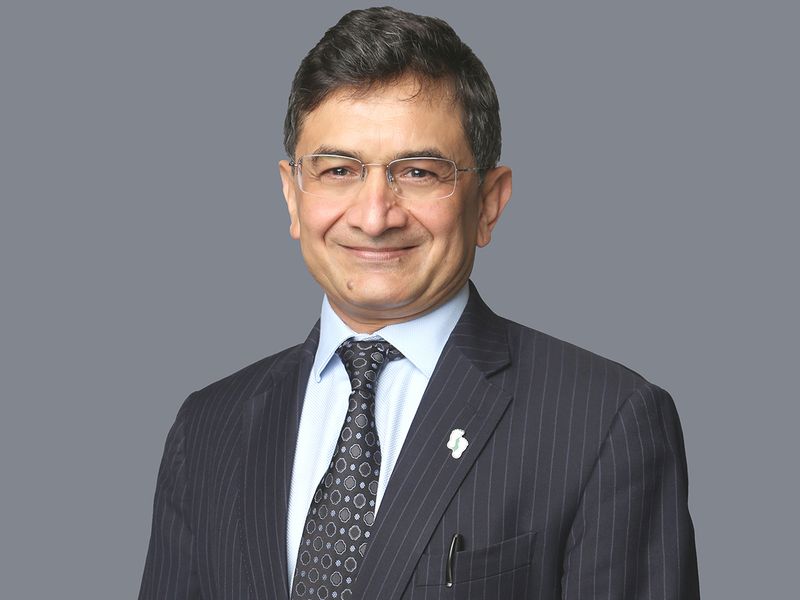
Dr Harpal Jadeja, Consultant Orthopaedic Surgeon, Medcare Orthopaedics & Spine Hospital
What types of foot and ankle conditions do you typically see in patients in the UAE? How do you handle them?
Deformities such as Bunions, which is a bony bump on the outside of the big toe joint. Foot ulcers, which are a common complication of diabetes. Accident and sports injuries, which could be a broken bone, a pulled muscle, a sprained tendon. Sharp heel pain caused by Plantar Fasciitis. Pain from deformities. The most common toe deformities are hammertoes and claw toes where you will typically notice that one or more joints of the toe is naturally bent in an abnormal position. Besides, there are others such as Taylor’s bunion, splay foot, flat feet, and cavus feet.
Pain from arthritic joints: The main symptom is pain and inflammation, which presents as stiffness and swelling in one or more joints throughout the body. Besides, pain from infection, sports injuries and fractures of the ankle.
What causes foot pain and ankle pain?
The cause of your pain can often be identified by the location of the pain and other symptoms you might have which may be local and referred pain.
* Trauma: If you have severe pain anywhere in your foot after a fall or accident, you could have a fracture.
* Infection
* Degeneration
* Arthritis is a common cause of joint pain and stiffness, and sometimes crepitus (a cracking or crunching sound or sensation when you move a joint). Forms of arthritis that commonly cause painful feet or ankle pain are osteoarthritis, rheumatoid arthritis and gout.
* Exercising too much or wearing shoes that are too tight are both common causes of ankle pain.
* Tumour
* Metabolic
Do you have any tips for runners to exercise safety without causing long term damage?
Some tips to help exercise safely include:
* Wear well-fitting and sport appropriate footwear.
* Warm up before running and include plenty of slow and sustained stretches.
* Gradual increase in activity over a few months planning how long and how often you run.
* Be consciously aware of changes in running surface. Run on an even and reasonably soft surface avoiding sand and concrete and gradually introduce surface changes.
* Don’t push too hard beyond your current level of fitness.
* Stop if it hurts.
* Plan to gradually increase how long and how often you run over a few months.
When should a patients seek medical help?
* Continuous pain after taking pain killers and anti-inflammatory drugs or pain getting worse.
* Limping and having difficulty in putting any weight on the sore foot.
* Feeling of giving way or instability.
* Diabetic foot ulcers: Any changes to the skin or toenails, including cuts, blisters, calluses or sores; discharge of fluid or pus; foul smell; pain; redness; skin discoloration; swelling.
* Severe trauma: When there has been significant trauma, for example a fall from a height or direct blow to the foot or ankle.
* When the ankle is misshaped.
* When your calf is hot, swollen and tender.
For appointments visit Medcare.ae or call 800MEDCARE (6332273)



